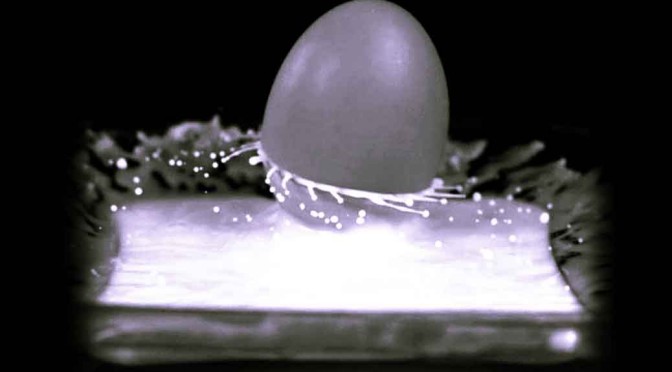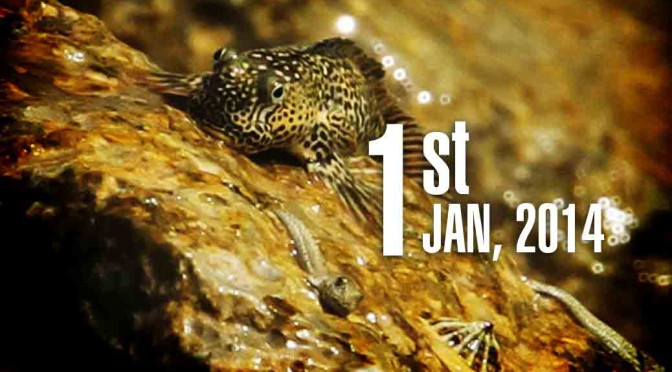By Anupum Pant
I haven’t been ever stung by a jelly fish, but from how Destin says it in the video, and other people I’ve seen getting bitten, tells me that it is something no one would want to experience in their life. If you did not know, the sting is awfully painful.
A jelly fish uses venom, not poison. They are two different things. Which means that a jellyfish stings you and uses extremely tiny hypodermic needle like things to inject toxins in your body.
But doesn’t jellyfish seem like a bunch of jelly floating around with no visible prickly parts? how does something so soft actually go about inserting something sharp into your skin?
Turns out, on the surface of those long tentacles these fish have, there are microscopic organelles called nematocysts which it uses to sting you. Even a tiny brush with those tentacles can trigger them. The more interesting part is that these tiny needles act very fast, and like I said, they are also very tiny. So, to see them you need a really high frame-rate camera attached to a microscope.
That is exactly what Destin does in the video below. It’s fascinating to see those tiny stingers do their work so fast under a microscope. Not many get a chance to see something like this.
Just FYI. In case you ever end up getting bitten by a jellyfish, please don’t ask your friend to pee on it. There’s a word going around that this helps, but in reality it doesn’t. In fact it can make it worse. Instead try washing it off with sea water. And then use a credit card to scratch the sting to remove any nematocysts stuck in your skin.
Don’t believe me? Please watch this…






